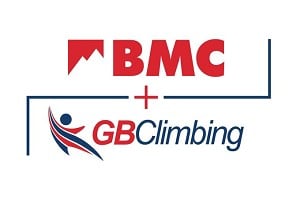
It was on a trip to Wales that I first realised one of the big benefits of being in a climbing club: the hut we stayed in was, frankly, more comfortable than my own scruffy flat in North Manchester. The only downside was that I was sharing a room with half a dozen other blokes.
I'd just joined the Oldham Mountaineering Club, and on that first meet there wasn't much rock climbed, but snowy ascents of Snowdon and the Nantlle ridge sowed the seeds of interest in winter climbing, and assured me there was adventure to be had here.
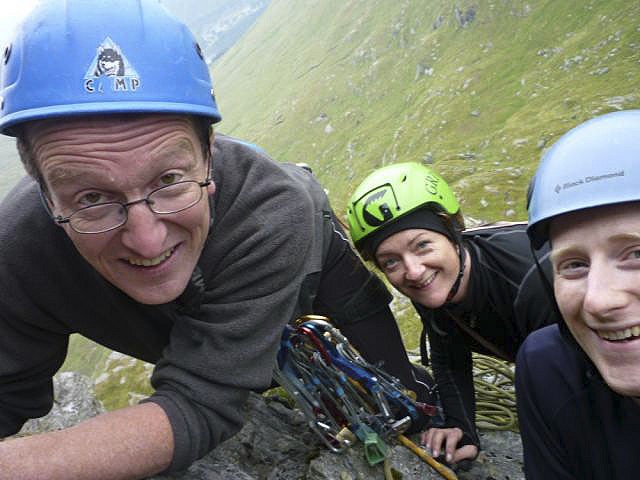
My first year climbing 30 years ago was a turning point in my life, with weekends in the Pass, nights in the Vaynol, my first taste of Tremadoc, and trips out in the Peak at weekends and on long summer evenings.
When I moved to Bristol a year later the first thing I did was join the Avon MC, and clubs have been a part of my life ever since. With the spread of climbing walls and internet hook-ups, I'm keen these institutions don't get overlooked by would-be climbers.
Clubs in the UK are usually affiliated to the British Mountaineering Council – around 320 – or Mountaineering Council of Scotland – 130 . Affiliation provides liability insurance and access to other clubs' huts and the range of BMC and McofS services.
Clubs range from big national organisations such as the Climbers' Club and the Scottish Mountaineering Club, publishing guides and owning a string of huts, to loose groups of friends who just have a pub night and casual meets.
The CC and the SMC go back to Victorian times, have entry requirements in terms of competence and experience, and a lengthy joining process. They also have superb huts in great locations, and leading climbers as members.
Other larger clubs with a more regional slant include the Rucksack, based in Manchester, the Fell and Rock, based around the Lakes, which have a number of huts, and the London MC, which has a hut of its own. As a rule of thumb the more huts a club has and the more comfortable they are, the more hurdles there are to joining.
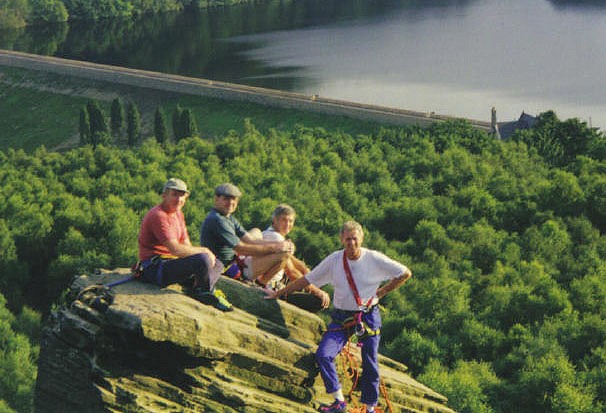
The ground-floor of climbing in the UK has generally been open-access, free-for-all local clubs, whose members range from serious mountain walkers to pretty good climbers. University clubs and a few company clubs are similar. They usally organise regular formal and informal meets all year round, and importantly you can share the cost of travelling
Clubs don't provide training, but they'll teach you to climb: through being shown how to belay by someone who needs a second; by getting you dragged up routes so you can strip the gear for aspiring hard-person; and by giving you partners with similar experience to yourself.
Geoff Gosling was the main man for climbing at the OMC: ten years older than me, he had a big Ford estate that came with his sales-rep job, and no qualms about piling people into it to head off cragging.
He joined the Oldham club as a teenager, at 16 and now at 64, he's still at it with the Rucksack Club, staging his annual climbing meet which he proudly says attracts quite a few youngsters, in their teens and early 20s.
Geoff shaped for me the model of what a club should be: sharing transport, sharing gear, getting young people involved, taking the piss, having a laugh and climbing: climbing in the wet, climbing in the Peak, climbing in winter, climbing in Wales and the Lakes, effortlessly drifting up some routes and struggling with the horror shows, and coming down at the end of the day smiling about what you'd made happen.
"You gotta get out," he says. "I'm still doing it, and it's climbing clubs that have helped me to do it."
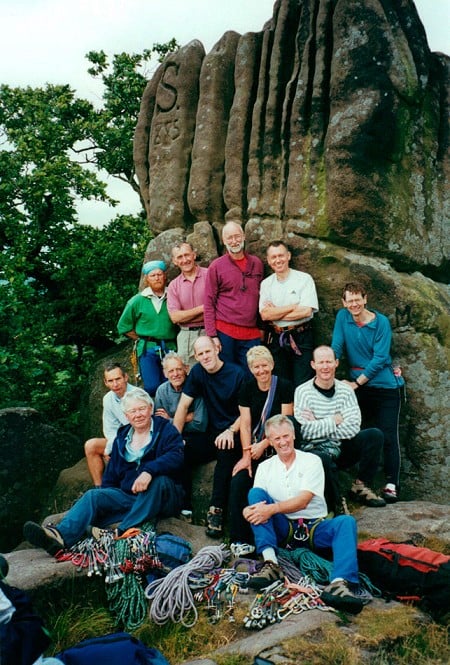
The idea of starting to climb at the wall, then progressing outside, wouldn't enter our heads.
Walls now are fantastic but I know people are rocking up to them, learning to climb on them, and then fading out of climbing because there's no progression beyond the numbers and the plastic.
Clubs will let you develop your climbing, especially trad and winter, and although most of us will never climb the E-incredibles, getting involved in a club will open doors to so much besides: I've been caving, surfing, mountain biking, boozing, dancing, climbed in the Alps and East Africa, driven from Bristol to Skye stoned – countless experiences through the friendships forged at clubs.
There are flaws: meeting up with a gang, often mainly of blokes, usually in a pub, can be intimidating for some, especially women. The SMC boasts on its website: "In 1990 women were admitted to membership, following many debates. Their numbers are fast approaching double figures." Wow. It's actually 16 now, and to be fair Scotland also boasts the Ladies' Scottish Climbing Club.
In England there's the fabulous Pinnies – The Pinnacle Club, which like the LSCC enables women to climb regularly with other women, and things are getting better for women at local club level.
I'm currently president of the Lomond club in Glasgow, which has always been open access, and a good number of women are involved: I went on a hut meet last winter and was the only bloke!
The Lomond club was founded in the 1930s, when working class people first started getting heavily involved in climbing. In those days, and when I first joined a club, there wasn't much problem with people under 18 joining – the only concern if you met in a pub was the suspicion of the landlord.
Things are different now: when a 16-year-old tried to join the Lomond Club recently and we checked with the McofS on possible liability, we were left having to get someone trained as a child protection officer to let him join, and then be present on any trips he went on. It didn't happen. It's a problem faced by many sports clubs, and it seems to me to be hideously over-protective. My older son's 16, climbing, and still at school, but he's not a child, he's a young man.
To find a club, there is a comprehensive list here on the UKC website, under the "classified" heading. Just plug your post code in to find a local club near you, or browse for one of the national clubs.
Clubs and club huts are also listed on the BMC and MCofS websites: www.thebmc.co.uk
www.mcofs.org.uk
Huts can usually be booked by contacting the relevant custodian, although you'll be expected to be a member of an affiliated club, and some huts only accept club bookings.
Huts range from the basic, without even matresses, to the downright luxurious. You can expect to share a a dormitory room, and showers are not always part of the deal.
If you do fancy joining a club, don't be shy of asking to tie on for a climb, don't be wary of getting involved, don't be averse to organising meets or even joining the committee: clubs are there to serve their members, and the more you put in, the more you'll get out of it.

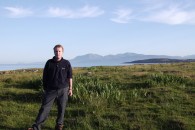

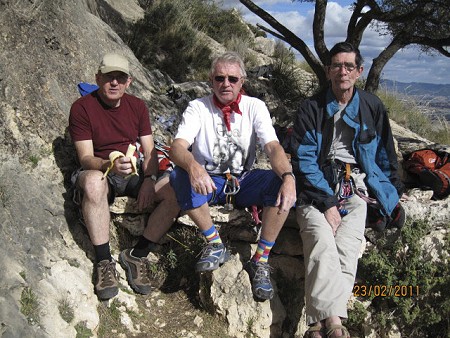
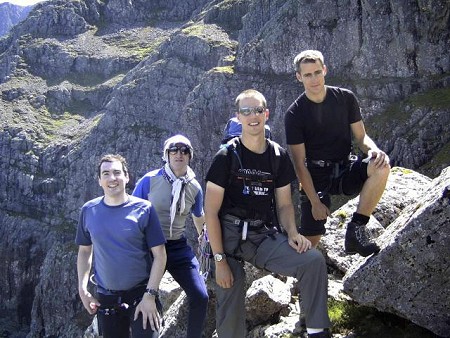
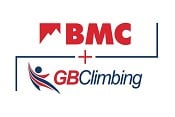
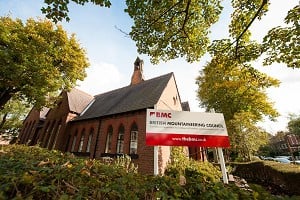

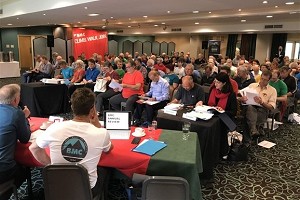
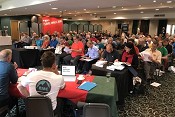




Comments